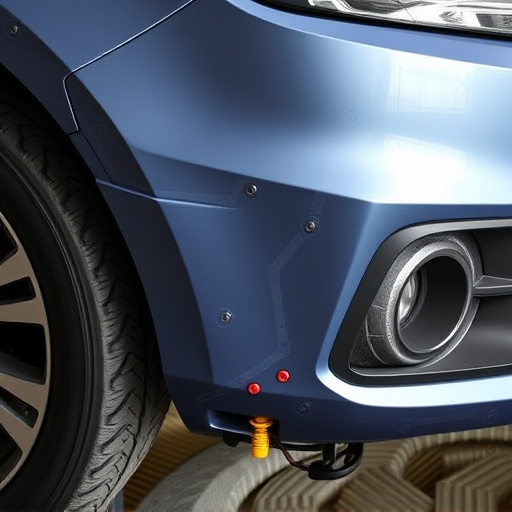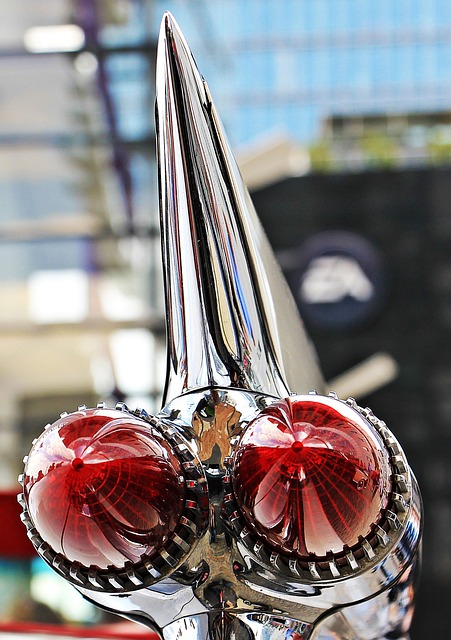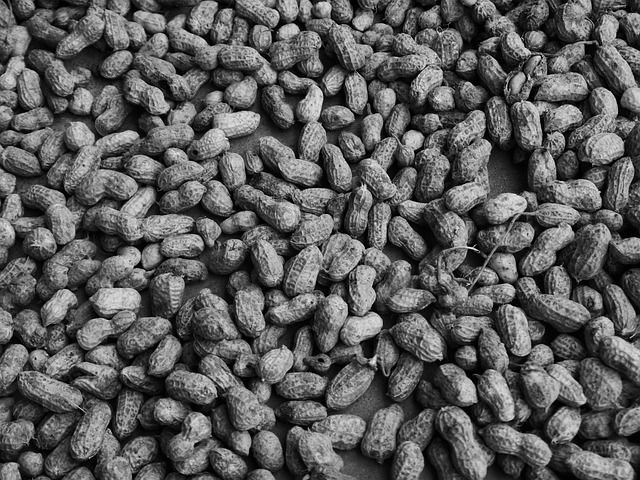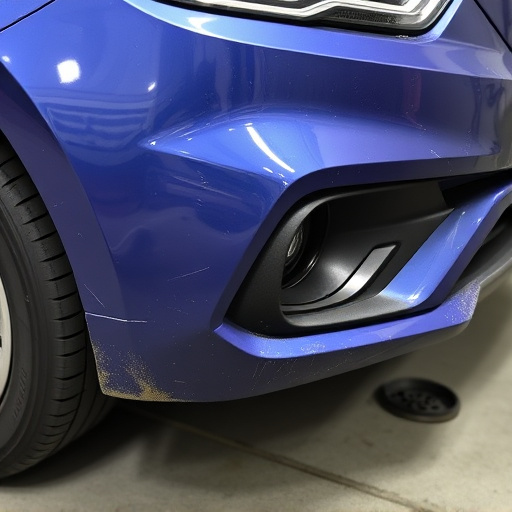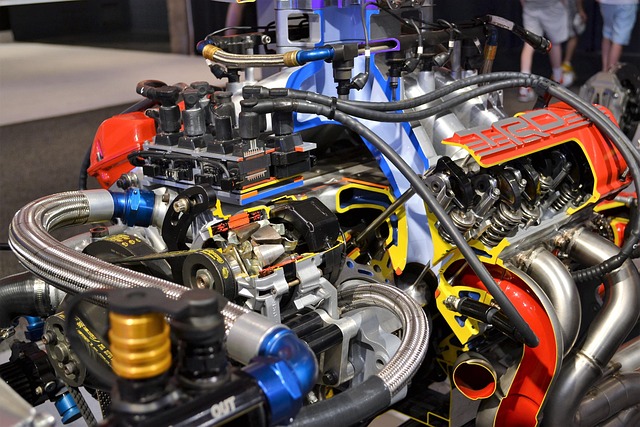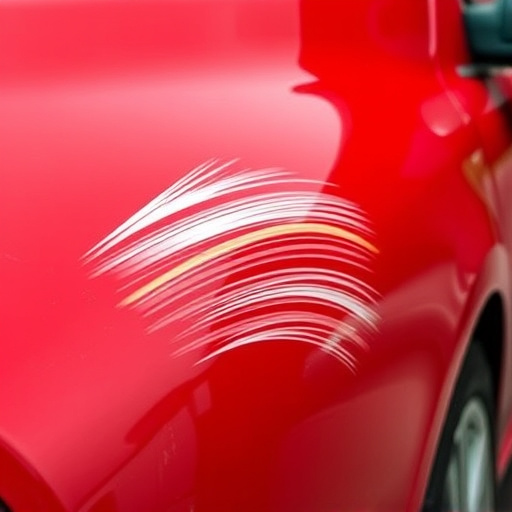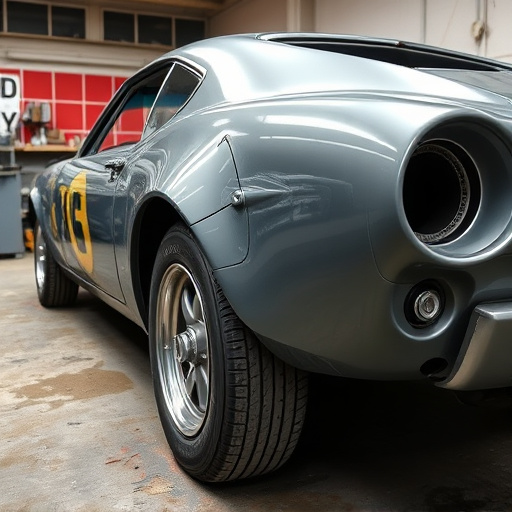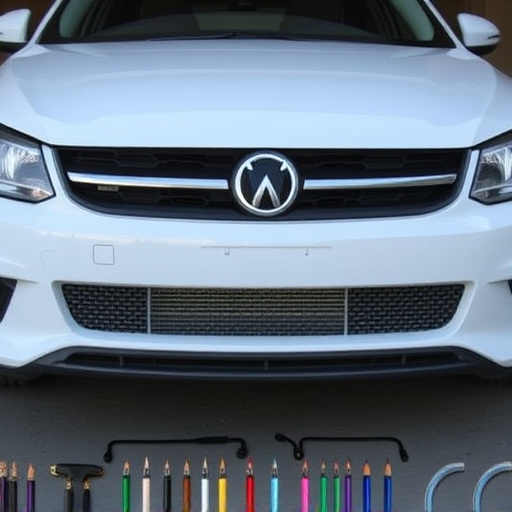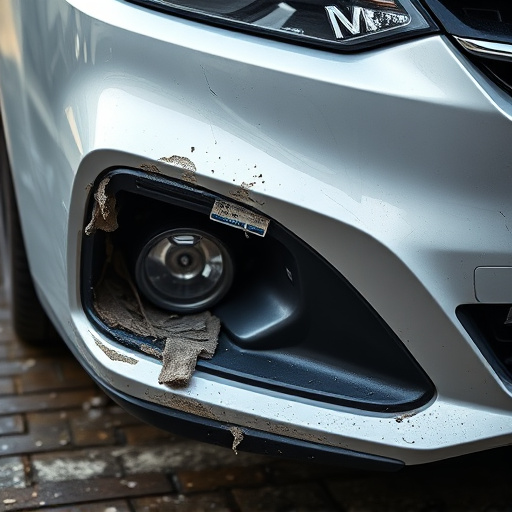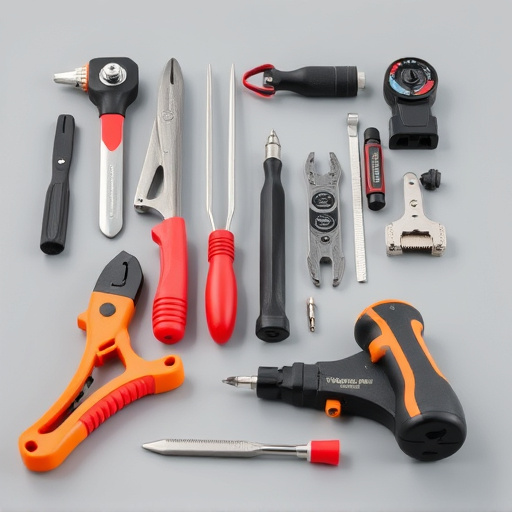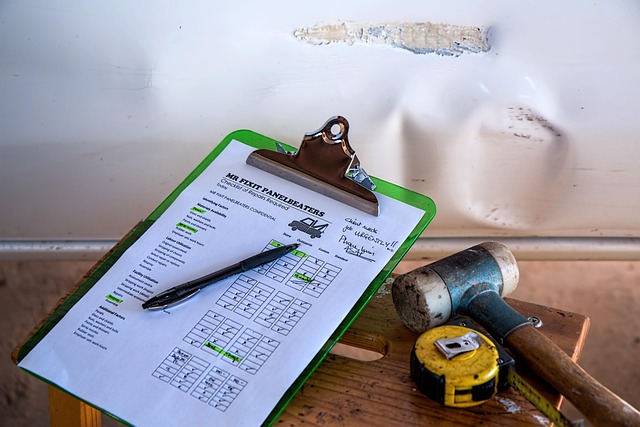Paintless Dent Repair (PDR) is a non-invasive automotive technique ideal for minor door dings and scratches, preserving vehicle aesthetics and resale value. It requires preparing the dented area by inspection, cleaning, and lubricating with clay bar compound. Technicians use specialized tools to gently push out the dent, refine the repair, match colors, and buff to a seamless finish, ensuring effective PDR for door dings while avoiding damage or visible marks.
“Discover the revolutionary method of repairing door dings without compromising the original paint job. This article explores Professional Detailing Repair (PDR) – a gentle yet effective paint restoration technique tailored for car doors. Learn the ins and outs, from understanding PDR’s benefits to mastering preparation techniques. We’ll guide you through each step, ensuring your door dings are repaired seamlessly, preserving the vehicle’s aesthetic value. By the end, you’ll be equipped to tackle these minor blemishes like a pro.”
- Understanding PDR: A Gentle Paint Restoration Technique
- Preparation: Key Steps to Ensure Success Without Damage
- The Process: Step-by-Step Guide for Door Dings
Understanding PDR: A Gentle Paint Restoration Technique

PDR, or Paintless Dent Repair, is a specialized automotive repair technique that has revolutionized the way minor dents and scratches are addressed on vehicles. Unlike traditional paint restoration methods, PDR is gentle on the original paint surface, making it an ideal solution for door dings and other small imperfections commonly encountered in fender benders or tire services.
This innovative process involves skilled technicians using a variety of tools and techniques to remove dents without sandpaper or harsh chemicals. By carefully manipulating the dented area, PDR allows for the original paint to be restored to its previous condition, leaving no visible traces of damage. This not only conserves the vehicle’s aesthetic appeal but also helps maintain its resale value. For car owners dealing with door dings, PDR offers a fast and cost-effective alternative to repainting the entire panel.
Preparation: Key Steps to Ensure Success Without Damage

Proper preparation is key when attempting PDR (Paintless Dent Repair) for door dings. Before starting any repair work, thoroughly inspect the damaged area to ensure it’s suitable for PDR. If the dent is shallow and the paint surface is intact, with no cracks or chips, PDR can be highly effective. Remove any debris and dust from the dented panel using a soft-bristled brush or compressed air. This step ensures a clean working surface.
Next, apply a thin layer of clay bar compound to the dented area. This will help in shaping the dent back to its original form by lubricating the process and allowing for precise adjustments. Use a microfiber cloth to gently buff off any excess compound once the dent is shaped as desired. With these initial steps completed, you’re ready to begin the PDR process using specialized tools designed to restore the panel without damaging the original paintwork or leaving visible repair marks. Remember, proper preparation ensures better results in automotive repair services, especially for bumper repair and door dings.
The Process: Step-by-Step Guide for Door Dings

PDR for door dings is a specialized technique that allows for effective car paint repair without damaging the original finish. Here’s a step-by-step guide to help you navigate this process:
1. Inspection: Begin by thoroughly inspecting the damaged area. Identify the extent of the ding and assess if it’s suitable for PDR. Smaller, shallower dings are ideal candidates.
2. Preparation: Ensure the surface is clean and dry. Remove any debris or dirt from the ding using a soft cloth or brush. This step is crucial as contaminants can hinder the repair process.
3. Clamping: Use a clamping tool to secure the area around the ding, preventing any movement while you work. This ensures precise control during the repair.
4. PDR Tool Application: Choose the appropriate PDR tool based on the size and depth of the ding. Apply gentle but firm pressure as you slide the tool across the surface, working from the edge of the ding towards the center to push out the dented metal.
5. Final Touches: Once the dent is removed, use a fine-toothed hammer and dolly set to smooth out any remaining wrinkles or high spots. Ensure the surface is even with the surrounding paint.
6. Paint Matching: If necessary, use a car paint repair kit to match the original color accurately. Apply the new paint in thin layers, allowing each layer to dry completely before adding the next.
7. Buffering: After the final coat of paint has dried, buff the area with a microfiber cloth or buffer to achieve a seamless finish that blends flawlessly with the rest of the vehicle’s paint job.
Remember, PDR is a delicate process that requires patience and practice. For more extensive damages or for peace of mind, consider seeking professional autobody repairs from reliable vehicle repair services.
PDR (Paintless Dent Repair) offers a gentle yet effective solution for repairing door dings without damaging the original paint job. By carefully following the preparation and process steps outlined in this guide, you can successfully restore your vehicle’s appearance, ensuring a seamless and professional-looking fix. With PDR for door dings, you now have a convenient, cost-effective, and non-invasive method to maintain the beauty of your car’s exterior.
